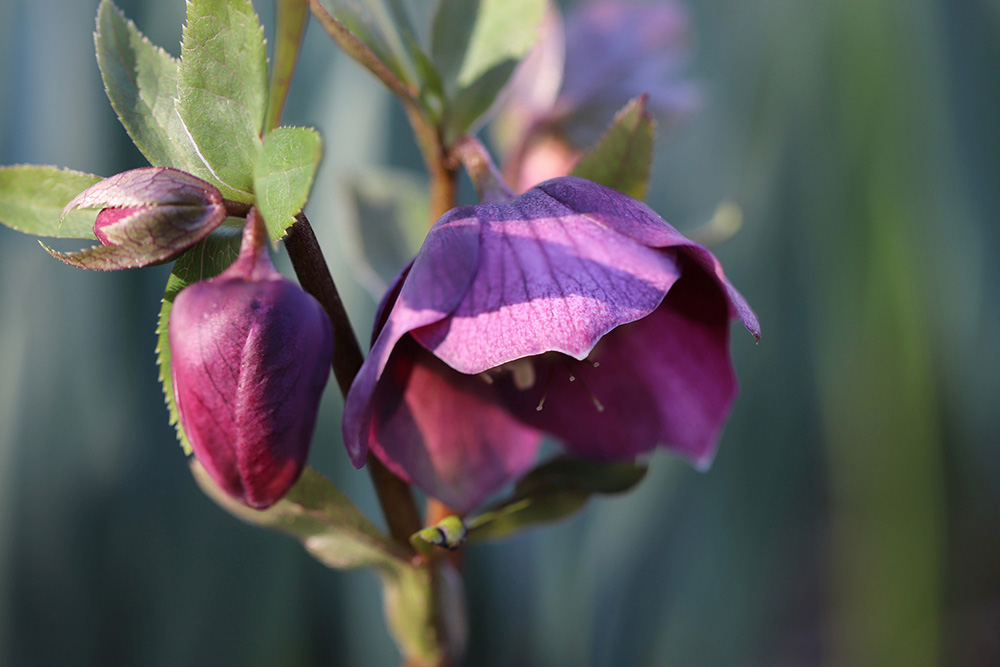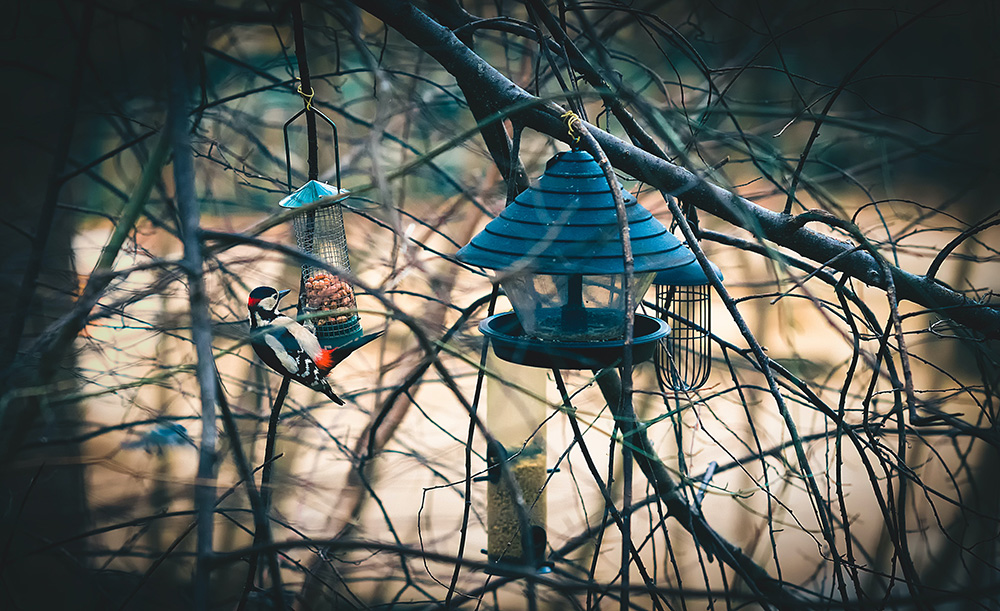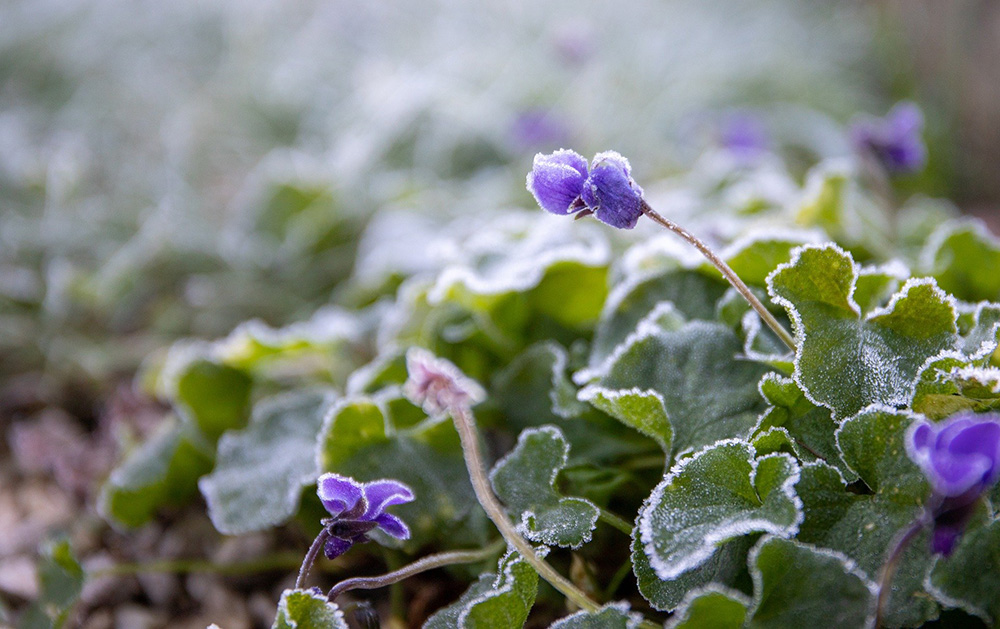In January, the garden needs to be prepared for all sorts of weather. If you’ve been following our advice over the last few months, your hard work is done for now. Most plants are dormant this month as they sleep through the cold weather, but there are still a few things to do in the garden. Spring is just around the corner, and you can prepare for the warmth of the new season. When it’s not too cold, dig over beds and borders and repair and reshape lawn edges. Don’t forget to keep feeding the birds, as food is scarce for them over the winter.
Looking Good This Month: Helleborus
Why should you plant them?
Popular because they flower in cold winter and early spring, hellebores herald the start of the new year and bring a touch of colour to the garden. Commonly known as Christmas Roses, they are easy to grow and very hardy. They produce attractive flowers, and their leaves create a perfect evergreen backdrop to spring-flowering bulbs.

How should you plant them?
Position them in shady herbaceous borders and in the areas between deciduous shrubs to give an early splash of colour. They are happy in dappled shade, but plant them in rich, heavy soil that won’t dry out in the summer. Ideal planting companions include snowdrops, primrose, cornus and mahonia.
Three Essential Gardening Jobs for January
Protect Plants
January is known for cold frosts and bitter winds, so protect your plants. If you haven’t already done so, ensure protective fleece is in place on tender plants that are over-wintering outdoors. Lift containers up onto pot feet – if water isn’t draining away, the soil can become waterlogged. Wet compost can rot roots and cause pots to crack in frost. Remove snow from tree and shrub branches by knocking with a broom. Even a small amount of snow can add a lot of weight to branches, causing them to snap.
Dig Over Bare Ground
Run a fork through your vegetable patch or flowerbeds. This will help to aerate – getting air into the soil is important, because plant roots need oxygen. Choose a dry day when the soil isn’t too wet. But don’t break your back breaking down large lumps of soil. Keeping them large can help air circulate, and any later frosts will break them up.

Feed the Birds
Natural food sources for birds are in short supply during the winter. Give them a helping hand by putting food out. Keep food topped up but not full all the time – little and often is best.
Enjoy Your Garden!





